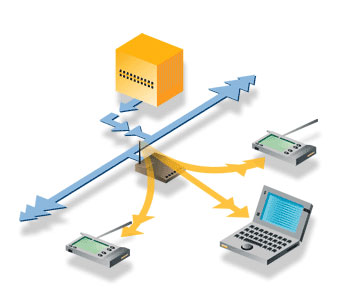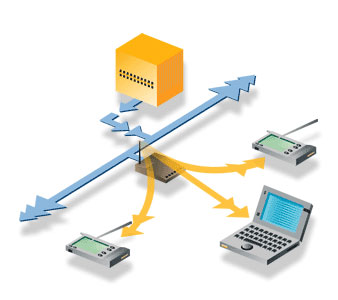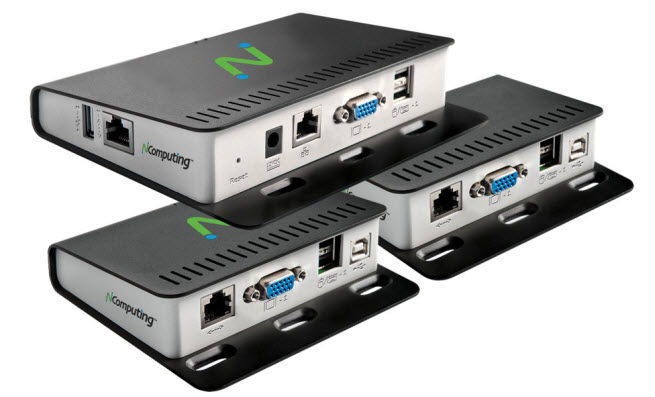There is a growing trend being witnessed among several organizations that are appreciative of the benefits of technology that shared computing has to offer. Shared computing or distributed computing involves breaking down of a particularly complex part into smaller ones, where several computers use their processing powers to solve these parts.
Through this way, the process of shared computing helps in processing information faster and more efficiently. This kind of setup is organized where computers work in clusters to solve complex computational issues, which otherwise would take an innumerable length of time.
When a user is using the system, at most times one would notice that the system is not utilizing all its resources. This holds true especially if the user is using the system to just carry out day to day routine tasks. One feature of shared computing is that it takes advantage of these resources, which under normal circumstances would remain unused.
Great for solving complex problems :
It can process complex problems through the processing power of several systems that are part of the network.
Scope of shared computing :
One stand out feature that makes this kind of computing a very workable platform is its design architecture. It is limited mostly to the software on which it runs meaning you can keep adding more systems in the network as you wish to increase the processing power.
Less useful for simpler problems :
Shared computing has many plus points. However, they may not be the best bet towards carrying out simpler computational problems. This is because they have been designed to break down the load between various systems and carry out calculations faster. However, that does not mean they can process simpler problems any faster.
Server :
The computational problems are split into smaller chunks to be processed by many systems on the network. This is usually carried out by the back end computer, which is also known as the server.
This computer employs special software that is used to break down complex computational problems into smaller chunks, so that other machines on the network can read and process them properly.
Administration issues :
Shared computing presents its own share of administrative problems that could crop up when the process is being carried out. They can be a little complicated to set up and they have to be administered on a regular basis. Scientists on their part are also coming up with new solutions to make this sort of system to work in greater harmony.
Efforts are being made to standardize this sort of computing. Many shared computing networks sometimes need unique hardware, design structures and software’s. However, the overall impact they create makes them a worthwhile option.
Analysis :
Administrators usually use another system to compile the processed data and analyze them. In many cases the data processed is also published to help mankind. This makes the use of shared computing a useful process in solving complex problems. Their use only being further enhanced as more powerful processors are being produced.



